I've compared the ASET image with the AGS image found in the Platinum AGS Report. As you can see, both the images mirror each other very closely. My questions would be, would it be enough just by looking at the AGS Image? What benefit would having an ASET image do when you have the AGS Image? I'd imagine the AGS Image is very helpful in selecting diamonds from diamonds not in house such as Whiteflash Virtual Inventory or Bluenile (that's IF you can find a diamond with the AGS Platinum Report)
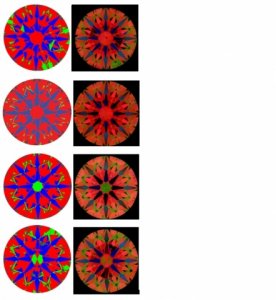






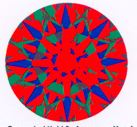
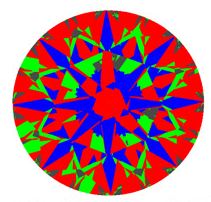
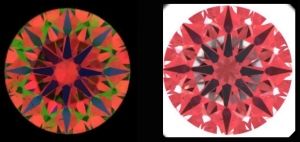
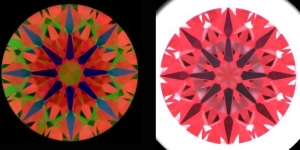
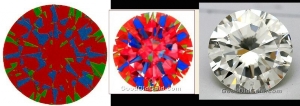

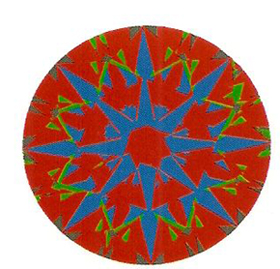
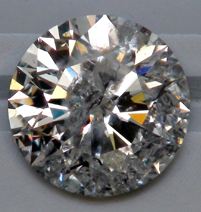




300x240.png)